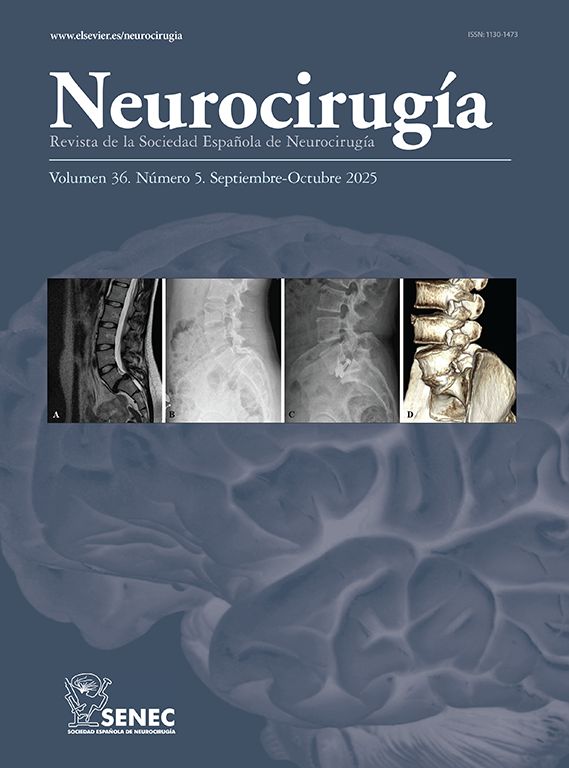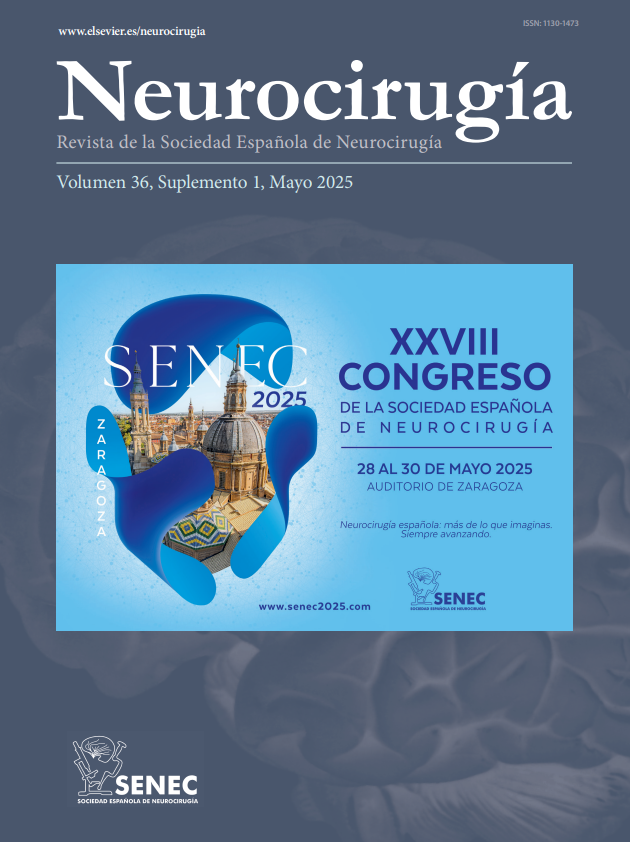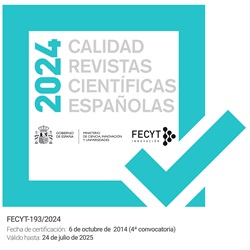V-04 - IN-HOUSE 3D PRINTING AND VR SIMULATION: A GAME-CHANGER FOR KISSING CAROTIDS IN ENDOSCOPIC ENDONASAL APPROACHES? OPERATIVE AND PREOPERATIVE 2D-VIDEO OF GH-SECRETING PITNET
Hospital Universitario La Paz, Madrid, Spain.
Introduction: Endoscopic skull base surgery for pituitary adenomas becomes highly challenging in cases of kissing carotid arteries, where the internal carotids nearly touch at the midline, restricting the transsphenoidal corridor. When the intercarotid distance is extremely narrow (< 10 mm), the risk of vascular injury increases, making precise preoperative planning essential. 3D printing and virtual reality (VR) models have emerged as valuable tools for surgical simulation. This video presents the use of in-house 3D printing and VR-based planning in a GH-secreting pituitary adenoma with an 8 mm intercarotid distance, leading to a successful endoscopic resection.
Methods: A patient-specific 3D skull base model, including carotids and the pituitary tumor, was printed using SLA and FDM printers with BioMed White resin, Flexible 80A resin, and PLA (polylactic acid). Meshmixer, Rhinoceros 3D, PreForm, and Cura were used for modeling and printing. Mimics (Materialise) enabled segmentation from T1WI post-contrast MRI (0.1 mm slices) and sinus CT-scan (0.5 mm slices), generating a detailed 3D reconstruction. The video includes hands-on footage of model drilling and anatomical assessment, helping refine the surgical strategy.
Results: The 3D and VR models optimized the bone drilling and minimized intraoperative risks. The video demonstrates the feasibility of the approach and defines key anatomical boundaries. The patient underwent complete adenoma resection, with a significant drop in GH and IGF-1 levels and no vascular or neurological complications.
Conclusions: The 3D and VR models were essential for the preoperative planning of this complex skull base surgery, providing a patient-specific anatomical replication and enabling the assessment of approach feasibility. To our knowledge, this is the first reported use of this technology for an endoscopic kissing carotids case. As demonstrated, these models improve anatomical understanding, increase surgical confidence, and ultimately contribute to a safer and more effective procedure.






